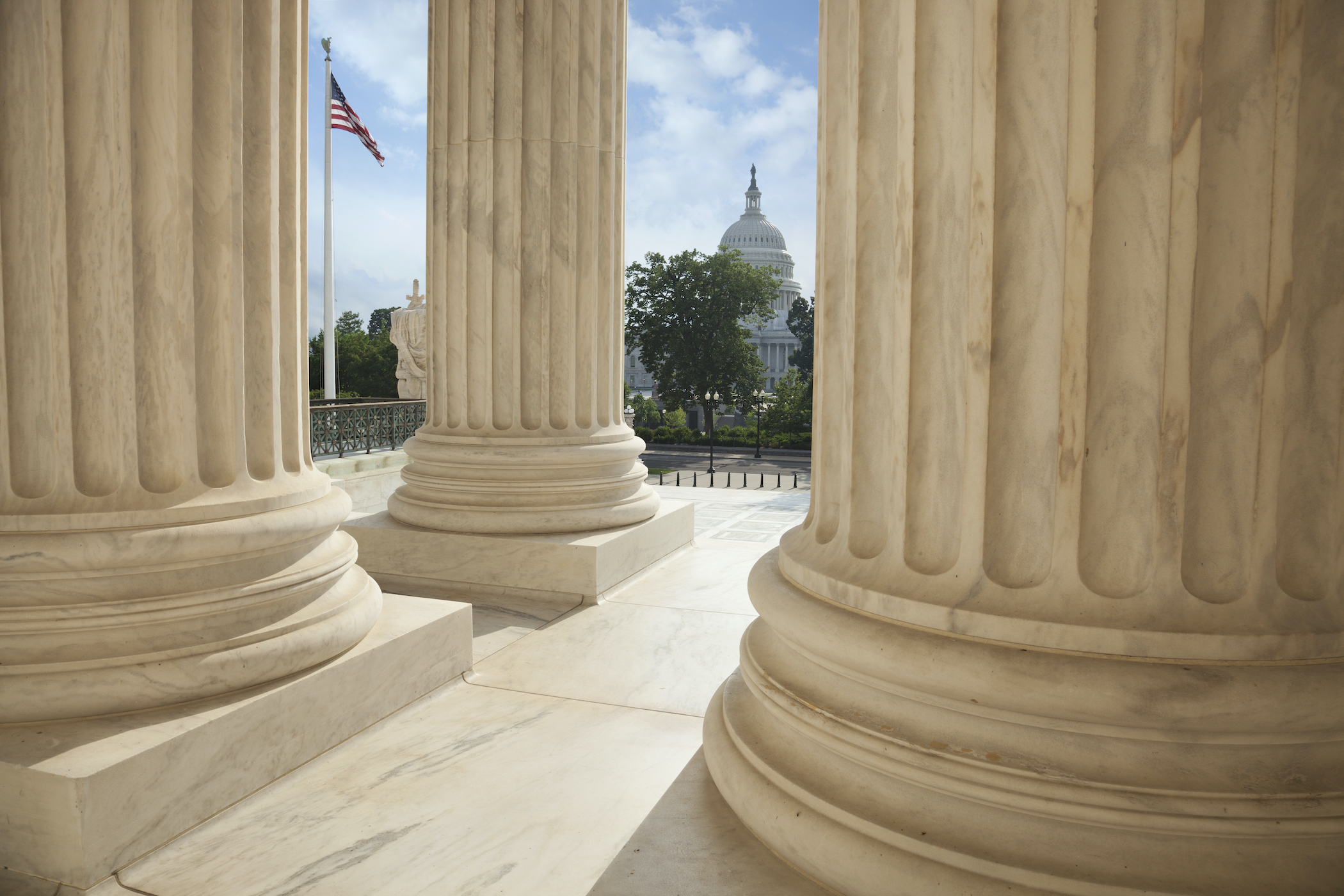Provisional ballots allow the parties a chance to continue the Election Day fight well into November and December—they’re ballots that can only be counted later in the election process, after the identity or qualifications of a voter have been confirmed. It’s clear that in many elections—especially local elections, the race can come down to provisional ballots—so they’re important. That said, their frequent use—or overuse—can slow down the process, result in longer lines, and result in incomplete preliminary count outcomes. A recent audit by Philadelphia City Controller’s office sheds some light on how provisional ballots are being used and where problems can arise from their improper use. The audit was prompted by the fact that provisional ballots cast in Philadelphia in 2012 more than doubled from the last similarly situated election in 2008. Little had changed with the City’s election procedures and population, so officials wanted to understand what was going on.
According to the audit report, there were multiple causes for the high number of provisional ballots issued:
- Pollworker error. The Controller estimates that 4,899 voters cast provisional ballots due to pollworker error. These were voters who were registered in the right precinct and were properly listed in the poll books. According to the Report: “Poll workers should have located the names in the books, which would have permitted these voters to cast their ballots using a voting machine, rather than casting a provisional ballot. This error should be the easiest to fix—and to the extent that jurisdictions have the ability to move to electronic poll books, the enhanced search capability should mostly eliminate this problem. Better training or review protocols might also have made a difference.
- Problems in printing the ‘supplemental poll books.’ About 4,827 voters were forced to cast provisional ballots because their names were not printed in the poll books or supplemental poll books. This is the perhaps the most challenging of the problem to fix on election day, since there’s no knowable proof at the polling place that the voter is properly registered.The key finding from the audit is that the flood of last minute registrations caused a number of legitimate voter registrations to be bumped from the PA Department of State’s approved poll book. These voters should have been included in supplemental poll books, but were not. Unfortunately, the audit could not determine who was to blame for these errors because the auditors could not recreate the problem. Apparently, the City and state did not save the parameters that were used for making the books. For the purposes of audits and identifying errors, maintaining the parameters used would seem to be a necessary step in election integrity. Since this particular problem may be more challenging to fix at the poll location, it’s important to provide accountability for the system by making the parameters available, and retain those parameters for a reasonable time after the election to attempt to determine flaws in the system.
- Registered voters at the wrong polling place. The third reason for provisional ballots being issued was that about nine thousand voters tried to vote at an incorrect polling location. These were properly registered voters who, due to misinformation, or other error, went to the wrong polling place. It is unclear whether Philadelphia properly notified those voters of their correct polling place.
There were some smaller problems identified by the audit that also pose unique election administration problems:
- Teenage wasteland. Many groups, including Fair Vote have promoted pre-registration, which allows individuals under 18 to pre-register—who will automatically be qualified when they turn 18. It seems to be a useful policy development—so all potential voters can get registered in high school. However, that benefit was limited when the City failed to run a critical “Update Underage Voters Utility” program prior to printing its poll books.
- It’s all in the family. In other cases, provisional ballot were voided improperly. For example, in one case, a pollworker voided a provisional ballot because he or she believed that the voter had already voted on a machine. On closer inspection, the auditors realized that the provisional ballot was actually cast by the daughter, and “personnel from the City Commissioners Office wrongly identified the voter’s signature in the poll book. Had they checked the dates of birth, they would have realized the signature was that of the voter’s mother, who had voted on a machine.” Obviously, it’s more than possible that a family would vote in the same polling place—this is an error that should be caught in the canvass period for provisional ballots.
In short, while a formal review of an election process can take a significant amount of time (and be a touch arduous), the results and recommendation for the reform are incredibly useful in planning future elections in the locality, and for reforming local pollworker training and requirements. There has been a push for serious post-election audits of voting systems in the last few years, and that seems to be a positive step. What this thoughtful, well-organized examination from the Philadelphia Controller’s office indicates is that officials should not stop at the voting systems themselves. Regular, independent reviews of the provisional ballot and the regular ballot systems can lead to positive lessons learned, and a chance to correct errors prior to the next election. It seems that the independence of this review is also important—no one loves an external critique, but governments and businesses of all sizes are subject to periodic, external audits—it’s time to consider that elections follow suit. It strikes me that using the Philadelphia model might be a good start.



